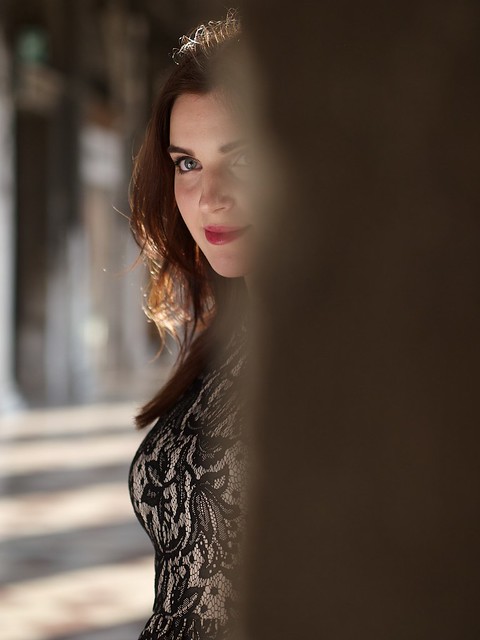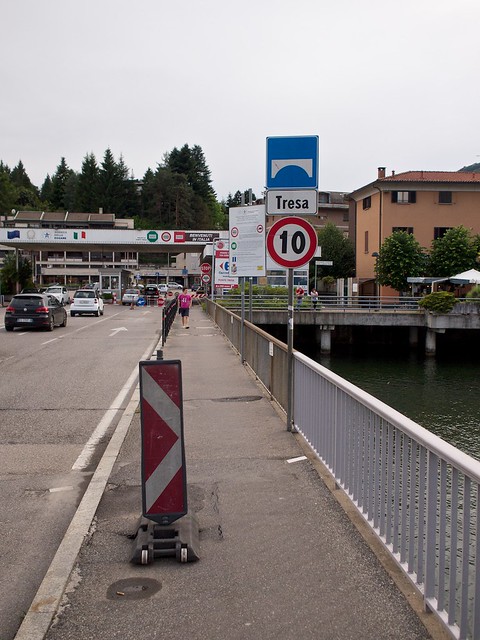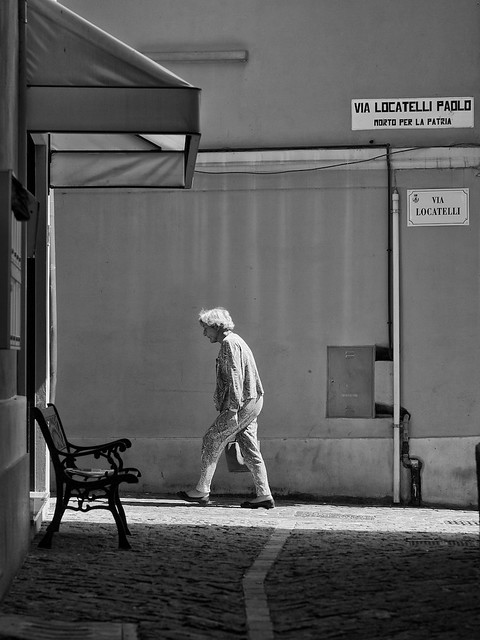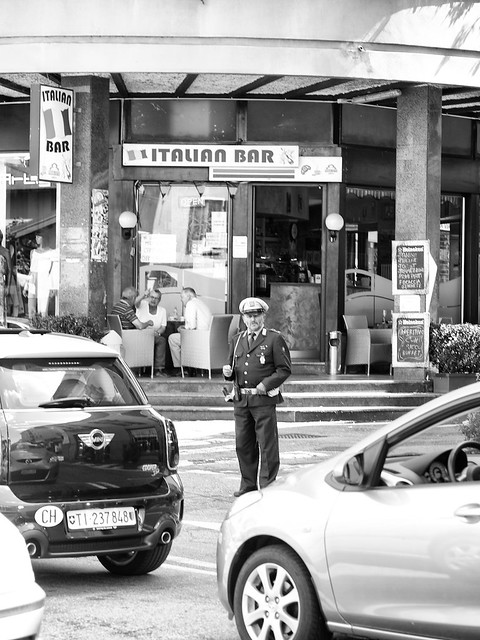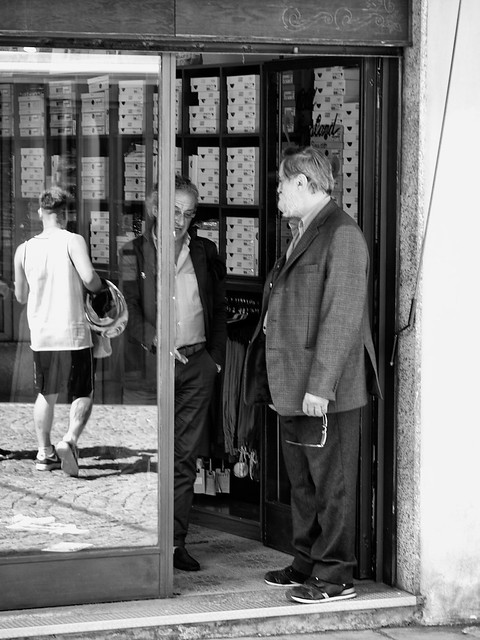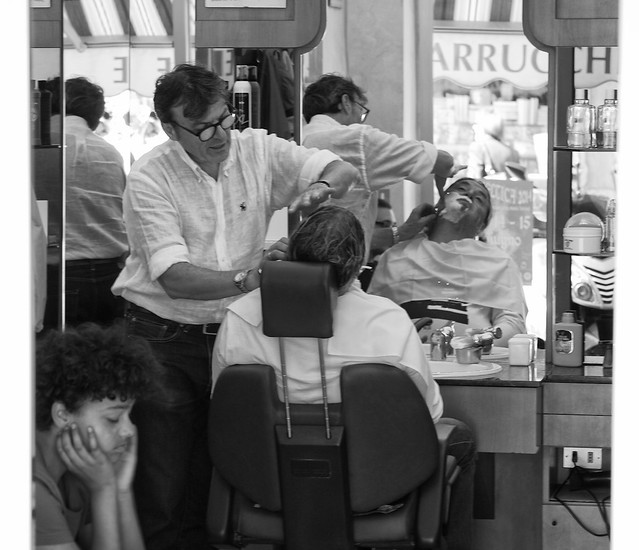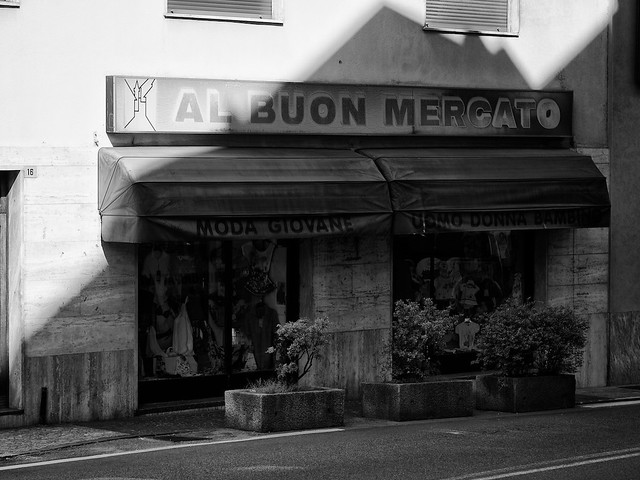Aperture gets the boot
never trust a hippy. Or an MBA
So, Apple has admitted, in some roundabout way, that Aperture is finished. It hasn’t been announced on their website, indeed, it is still promoted and up for sale. No, somehow the news has been leaked in a very uncharacteristic way.
Nobody should be surprised by this. If Apple is consistent about anything, it is in dropping products or complete product lines without any second though for its customer’s investments. But with Aperture, it’s worse. Much worse. With Aperture, it’s customers are not just financially invested, but also creatively invested. This is the drawback of both non-destructive editing and proprietary digits asset management: you need to be able to trust that the software supplier you depend on is committed to long-term support. It was always a risky bet with Apple, and now it has proven to be the case. Apple is focused purely on short-term gain in increasingly dumbed-down disposable consumer electronics, and is fundamentally an untrustworthy partner. It is telling that the company has made no formal statement on its website, and shown absolutely no concern at all for its customers’ plight, and instead offers the insulting idea that it’s a fair swap to lose years of work for some rubbish piece of iCrap gloss in “the Cloud”. And in some cases, those customer’s entire business model rested on trusting Apple as a reliable partner.
I’m pretty sure that within the Aperture team there are people who well realise just how badly customers have been let down, but with Apple’s corporate Iron Curtain firmly in place, we’ll never know. And for the rest, from Tim Cook and all his anonymous MBA cohorts, we’re collateral damage. Long term I suspect it will be their loss.
So what went wrong ? When Aperture hit the market in 2005 it was unexpected and revolutionary. It was also a massive resource hog, and expensive - $599 - and that didn’t help it gain early market share. People assumed it was a Photoshop rival, and perhaps even Steve Jobs did too, with his antipathy towards Adobe, but it wasn’t. It was something completely new, an application designed specifically for the needs of photographers in the digital age. Looking at it as a Photoshop rival obscured the real marvel of Aperture, its photo management and cataloging tools. There’s still nothing to beat it on that front, in fact as far as I know, nothing even comes close. Then there was the non-modal UI, which some people had (and still do have) a really hard time getting their heads around. Basically, with Aperture, you choose the context to work in (Project, Album, Book, Website, Light table, Print) and all editing and management tools are available at all times. This is quite the reverse to all other applications, including Lightroom, where the workflow is firmly object(photo)-centric.

This is a key and unique feature in Aperture: here, as I lay out a selection of images on a light table, perhaps to plan a print series, I can tweak each photo’s settings in-situ as I work. The UI is completely non-modal. Were it not for the Apple Iron Curtain, whoever devised this would be celebrated in the design community. And no, it wasn’t Jonny bloody Ive. Or indeed St Steve.
So Apple had a fantastic application on their hands. But apart from high profile launch events, they essentially put no effort at all into explaining it, or marketing it. When Adobe brought out their rival application, Lightroom, which was certainly a major step forward from Photoshop for digital photo workflow, but much, much less imaginative and ambitious than Aperture, they rolled out the full force of their marketing tools, including getting legions of industry stars and opinion-formers on board, they kept up contact between engineers and users - hell, we even knew who the key engineers were - and they maintained open Beta programs for each new version. Aperture, crippled by general Apple arrogance towards customers, had no chance. The few opinion-formers they got on board seemed to be used solely as marketing mouthpieces, whereas Adobe avoided the whole control-freakery scene. As time went on, Lightroom got caught up in the Adobe bean counters insistence on yearly upgrade fees, and so started to acquire bloat and useless features, without much improvement to the core application. Also, anybody coming to Lightroom from Aperture cannot help but feel manacled by the step-by-step workflow, which reminds me of the 1990s UI “room” concepts championed by Kai Krause. Nothing like Aperture’s unconstrained creativity. Lightroom felt like an engineer’s idea of what photographers wanted. Aperture felt like a photographer’s invention which could maybe do with a touch more engineering input, especially at version 1.
But essentially Aperture was completely out of place in Apple’s product line-up. A deep, non-glitzy application that demanded, but rewarded, serious commitment on the behalf of its users. Certainly no iOS or AppStore fluff. Indeed, although the Iron Curtain lets out no whispers, I really wonder if Aperture’s genesis lies outside of Apple, much like Final Cut. Perhaps Aperture also was initially a Macromedia project, and therefore might even share some DNA with Lightroom. Pure speculation, and I guess we’ll never know. Or care.
So now what ?
Well, Aperture is still working, and Apple has committed to maintenance support for at least one further OS X iteration. But the end is irrevocable, and that means that any work expended from now on in Aperture is wasted. There’s much talk of migrating to Lightroom, or whatever, but let’s be clear: you can migrate your metadata - ratings, stars, keywords - but that’s it. You cannot migrate any develop settings, or your whole library structure, your projects, albums, smart albums, light tables, books, etc. You might be able to migrate your keyword hierarchies, which for power users is a big deal. Certainly you can migrate these to Media Pro. I have 51,225 photos in Aperture. If I were to set aside the time to recreate all the non-destructive edits in Lightroom, I might as well give up photography.
So what are the alternatives ? I’ve tried most of them: my mainstream history goes something like this: Olympus Studio -> Adobe Camera RAW 1.0 -> CaptureOne 3.6 -> Iridient Raw Developer -> Lightroom 1 -> Aperture 2 -> Aperture 3. Along the way I’ve tried out pretty much all other options available on the Mac At present I use Aperture 3 for everything, except for Sigma Merrill files which I develop in Iridient Developer (which has indeed recently become much closer integrated with Aperture). Prior to Lightroom, indeed prior to digital, I used what was called iView MediaPro, and is now called PhaseOne MediaPro, to catalog and manage my library. I’ve carried on using it for scanned files and Sigma files alongside Aperture, and I still consider a great tool. Indeed, many years ago I speculated that a merger between CaptureOne and MediaPro would be a combination to beat. Eventually PhaseOne did acquire MediaPro, but frankly they haven’t done a lot with it.
To replace Aperture 3 we need to consider two aspects (at least). RAW development, and Digital Asset Management. There are only two real options which cover both parts. Lightroom, which is fully integrated, and CaptureOne/MediaPro, which is more like a bunch of bits flying roughly in the same direction. Although I have no particular axe to grind with Adobe, and indeed have used (and paid for) Photoshop since v2.0, InDesign since v1.0 (and Pagemaker before that, indeed before Adobe acquired it), and a whole host of other Adobe apps, I just don’t find Lightroom very inspiring. But I can’t deny that it does the job, and is probably the sensible choice. CaptureOne, on the other hand, seems to be more driven by photographers than marketing, and v7 has a management component which clearly inherits conceptually from MediaPro, although just how C1 and MediaPro are supposed to be “integrated” still puzzles me. CaptureOne went through a very bad patch after v3.x. Version 4 was very late, all-new and something of a disaster. But now at v7 it seems to have matured.
I guess in the coming weeks, I’ll try the latest versions of both on a small library and make my choice based on what I actually see, which is how I came to choose Aperture. Ill write more about this in the coming days / weeks, maybe.
But what about Apple? I’ve been an Apple customer for over 20 years. I bought my first Mac (a Powerbook Duo) on a university discount scheme. I’ve never been a fanboy, although I got close to it in the dark years of the 1990s, and I’ve always seen pros and cons to buying Apple. These days it’s more through inertia and have a considerable investment in software and peripherals that I stick with Apple. And on the whole, indeed it does “just work”. In Management Powerpoint Bullshit speak, companies talk of being in a stakeholder, partnership relationship with their customers. Apple are not. Apple, in 2014, see customers purely as cash machines. Their total wall of secrecy and refusal to engage - and it was not always so, not by a long way - makes them, as a company, amoral and totally untrustworthy. Unfortunately the whole industry is going that way. We’re a long, long way from the Revolution In The Valley.



